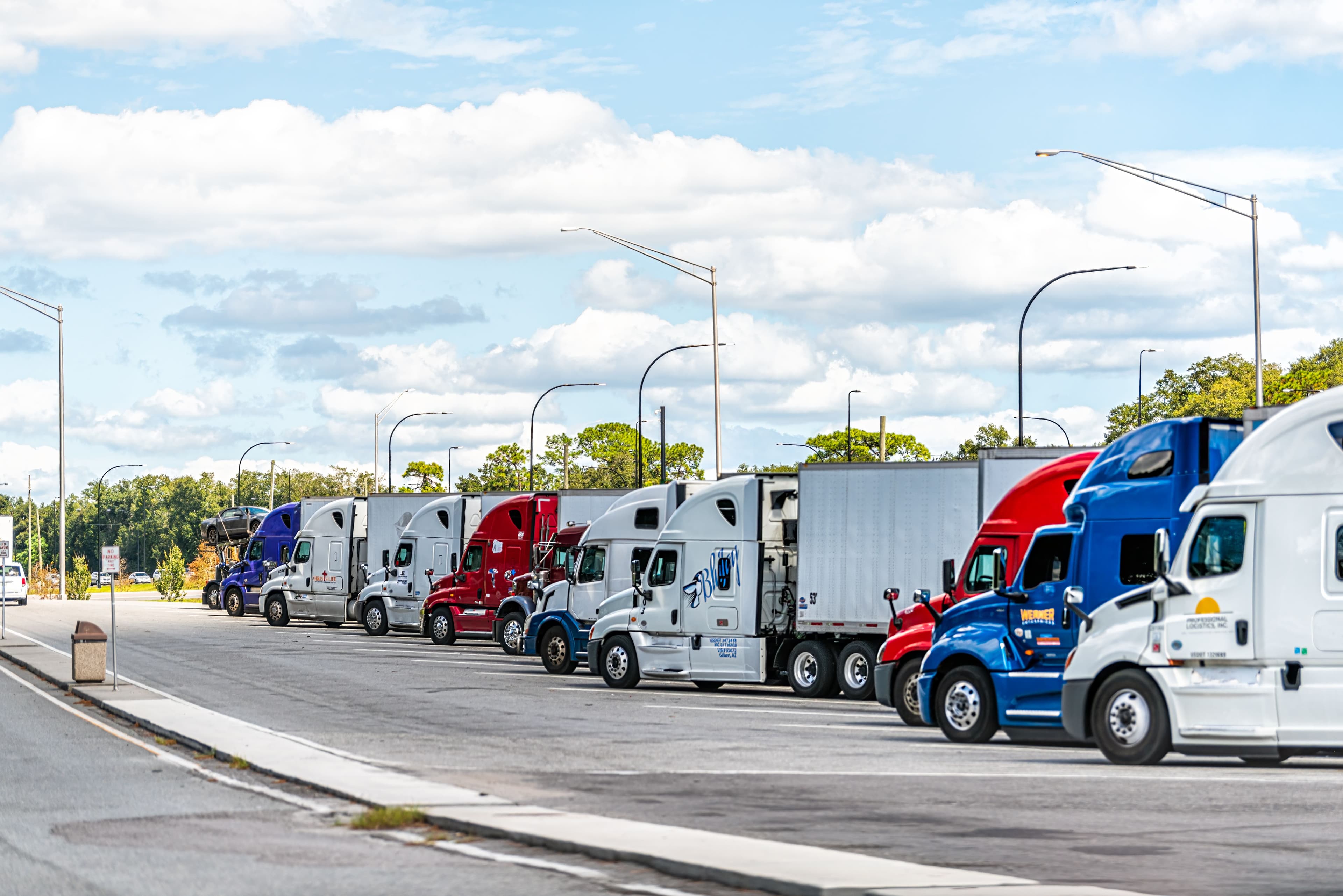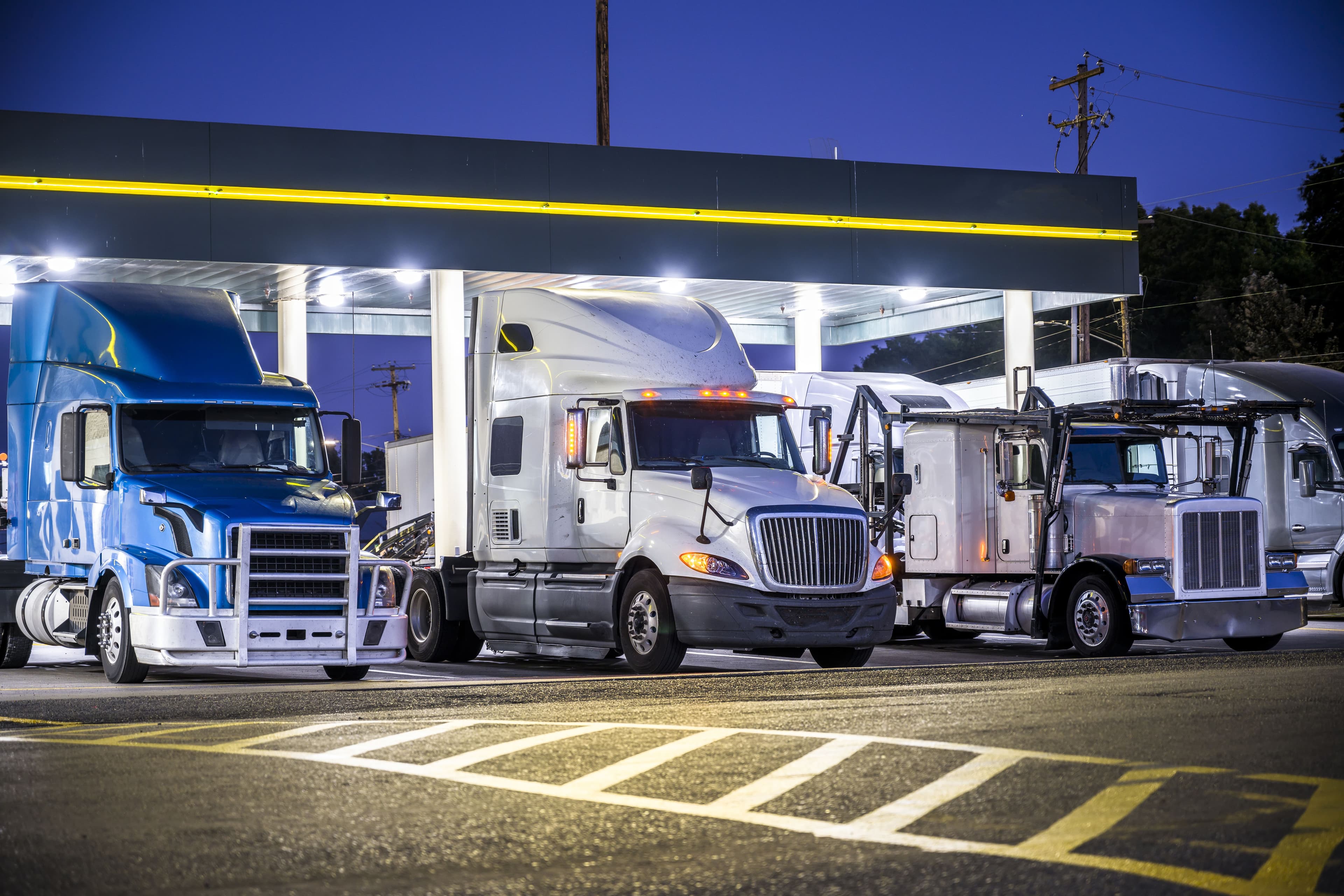How AI in Transportation will Accelerate Strategies in 2026

Trending
Top Posts
6 min read
March 14, 2019

Share:
Table of contents
Browse the table of contents to jump straight to the part you’re looking for
Whether it takes place locally, nationally, or globally, meeting global climate change abatement goals requires alignment in available technology, public sentiment, and policy or legislation. Although there have been considerable strides in renewable energy technology and a notable positive shift in public and corporate opinions about sustainability, supporting policy continues to lag both on a global scale, as well as here in the United States.
The push for new renewable-focused technology is especially apparent in both the United States transportation and energy sectors. New developments in traditional fossil-fuel alternatives such as adoption of biofuels and renewable natural gas, as well as the development of battery-powered electric vehicles, are being made to address shipper and carrier desires for a diversified transportation energy portfolio. Electric passenger vehicles are also continuing an upward trajectory, with electric cars reaching an estimated 55 percent of all new car sales by 2040.
This transition is aided by a similar shift in the energy sector toward renewable power generation. In the U.S. Energy Information Administration’s 2019 Annual Energy Outlook, renewable energy sources are expected to increase from their current 18 percent of total energy generation sources in 2018 to over 30 percent by 2050. This is accompanied by a concurrent increase in natural gas usage, as declining costs of renewable capacity and sustained low natural gas prices make these options increasingly competitive. Although these outlooks vary by institution, the current trend toward a cleaner future is clear.

Alternative fuel types are expected to increase in scale of electricity generation adoption by 2050, with a larger share in renewable and natural gas fuels. Source: U.S. Energy Information Administration
Alternative fuel types are expected to increase in scale of electricity generation adoption by 2050, with a larger share in renewable and natural gas fuels. Source: U.S. Energy Information Administration
The effects of climate change are increasingly recognized by the wider public as well. In a 2018 study by Yale University, researchers found that over 70 percent of people surveyed believed that global warming is happening, with that same number in agreement that it has the potential to harm future generations. Opinion is also positive regarding expanding renewable energy sources, especially wind and solar, with broader agreement that “cleaner” equates to “better.”
Despite momentum from both technology and public opinion, national policy has often not kept pace—even as states attempt to address climate change through their own legislation. State-level sign-on to climate policy has continued to increase in recent months, with many opting in to the United States Climate Alliance. The desire for a national stance, however, is apparent.

Continental U.S. states that have signed on to the U.S. Climate Alliance.
Adding to the complexity of enacting such policies, U.S. lawmakers face a dilemma of creating legislation that accounts for climate change, while also addressing other issues including updating infrastructure, economic strength, and creating effective and equitable social programs.
In an attempt to bridge these concepts, the recent “Green New Deal” (GND) proposal, which has also sparked considerable debate and controversy across party lines, aims to combine multiple areas of policy focus in a single non-binding agreement.
Originally proposed by Representative Alexandria Ocasio-Cortez of New York and Senator Ed Markey of Massachusetts, H. Res. 109 of the 116th Congress, commonly called the “Green New Deal” was formulated as a response to widespread issues associated with human-induced global climate change.
To tackle these issues, Ocasio-Cortez’s resolution lays out a broad vision for U.S. policies over the next decade, from improving transportation infrastructure to making agricultural practices more sustainable, while aiming to create jobs and protect vulnerable communities along the way. Goals of the Green New Deal incorporate several tenets of climate, social and economic policy into a single document, including:
This “Green New Deal” aims to mimic President Franklin Delano Rosevelt’s “New Deal” legislative actions from the 1930’s, which sought to create public works programs, projects, and other regulations to lift citizens of the United States out of the hardships of the Great Depression.
As a non-binding resolution, however, the GND document itself does not create any new programs or changes. Instead–should it be passed in the House, Senate, or both—separate legislation would need to be proposed to realize any of the stated goals.
While the desired outcomes of the GND have the potential to shift dynamics in United States public policy, infrastructure development, and myriad industries including transportation, it is important to view the resolution within the appropriate context.
Because they cannot be made into formal laws, non-binding resolutions like the GND make broader, more sweeping demands with the knowledge that legislative outcomes will likely be more limited and moderate.
For the GND, this could manifest in a variety of ways. Given the recent momentum for a formal infrastructure bill proposal, should the resolution take effect, some of its more environmentally-minded principles may influence infrastructure policy discussions, leading to bills with a more climate-focused edge. The same could be said for the other issues addressed in the resolution—whether they relate to infrastructure, energy or agriculture.
While the Green New Deal has no real legislative action built into its framework and is unlikely to bring about sweeping changes to the current political landscape, it may instead offer a glimpse of the direction of future smaller policy changes. The creation of this resolution may be an initial attempt on the national stage to adapt policy to level with increasing public demand, and technological availability, for solutions that reduce emissions and mitigate the possible effects of climate change.
To learn more about how new technologies, energy sources, legislation, or other dynamics affect your shipping strategy, check out the Breakthrough Blog or contact us!

5 min read
December 31, 2025
Discover how to implement a mobile fueling program that boosts fleet efficiency and cuts costs. Our guide covers evaluation, partner selection, and integration.
Read more
5 min read
December 30, 2025
Build a robust fuel procurement strategy to control your fleet’s fuel costs. Our guide covers data analysis, sourcing tactics, and operational efficiencies.
Read more
8 min read
December 23, 2025
Navigate fuel surcharge rates with our expert guide. Discover how to calculate fair reimbursements and overcome the limits of traditional fuel surcharge models.
Read more